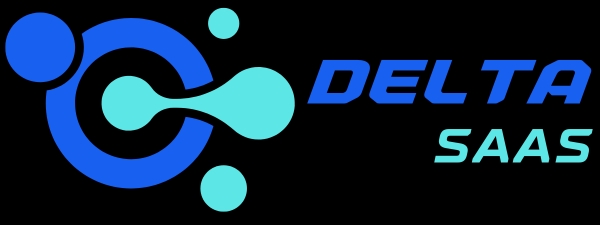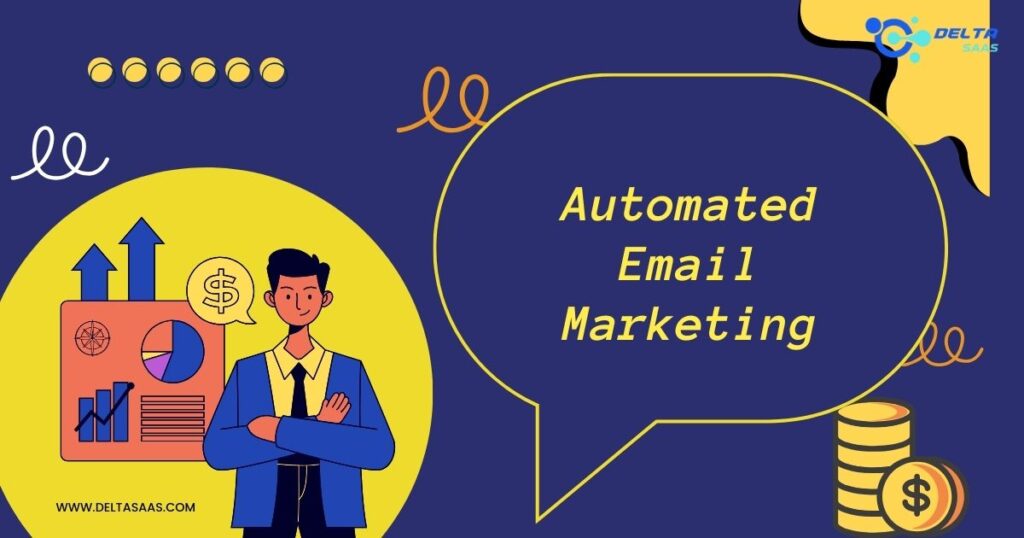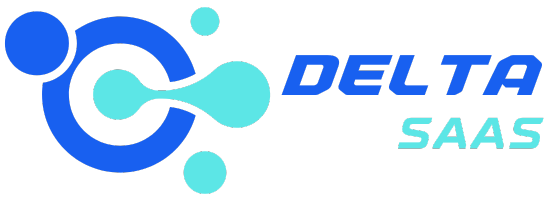Unlocking the Power of Automated Email Marketing
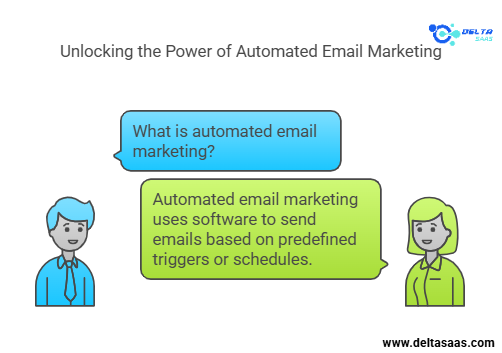
Automated email marketing transforms how businesses communicate with their audience. You can save time, personalize customer experiences, and boost conversion rates by leveraging automation tools and workflows. Whether you’re nurturing leads or running drip campaigns, automated emails are a cornerstone of modern digital marketing.
This guide covers what automated email marketing is, why it matters, and how to implement it effectively.
What Is Automated Email Marketing?
Automated email marketing uses software to send emails based on predefined triggers or schedules. Instead of manually crafting individual emails, automation enables you to send relevant messages to your audience at the right time.
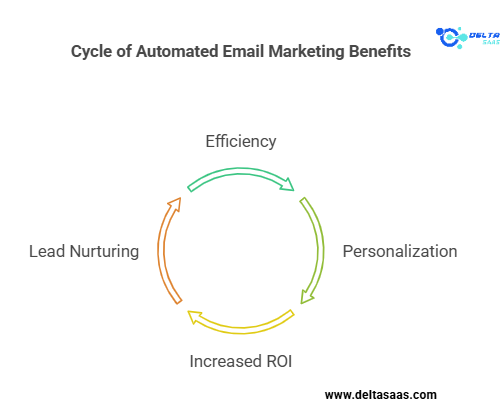
Benefits of Email Automation
- Efficiency: Save time by automating repetitive tasks.
- Personalization: Send targeted messages based on user behavior or preferences.
- Increased ROI: Boost open rates, click-throughs, and conversions with tailored content.
- Lead Nurturing: Guide prospects through the sales funnel seamlessly.
Read Our Best Reviews,
ActiveCampaign Reviews: A Deep Dive into Features and Benefits
MailerLite Reviews: Features, Pricing, and Customer Feedback
Financial Fusion Reviews: AI-Powered CFO for Clear Financial Insights
Omnisend Reviews: Features and User Feedback
Reoon Email Verifier Reviews: Pros, Cons, and Feedback
SendFox Reviews: Schedule and Automate Your Email Growth
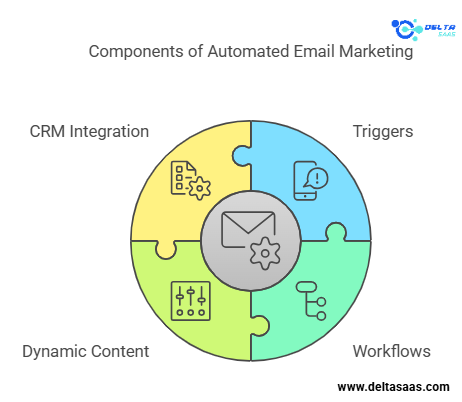
How Automated Email Marketing Works
Triggers and Workflows
Automation begins with triggers like a new subscriber or an abandoned cart. These triggers activate workflows, which are automated emails designed to engage and convert.
Dynamic Content
Dynamic content adjusts automatically based on the recipient’s data, like location, purchase history, or browsing behavior.
Integration with CRM Tools
Automation platforms often integrate with Customer Relationship Management (CRM) tools to centralize customer data and optimize campaigns.
If you’re looking for the best software, check out Delta SaaS, which offers discounts and lifetime deals on SaaS products.
Popular Use Cases for Automated Email Marketing
Welcome Emails
Greet new subscribers with a warm welcome and introduce them to your brand.
- Example Workflow:
- Trigger: The user subscribes to the newsletter.
- Email 1: Welcome message.
- Email 2 (Day 2): Brand story or best-selling products.
- Email 3 (Day 5): Exclusive discount code.
Drip Campaigns
Drip campaigns involve a series of emails sent over time to nurture leads.
- Example Workflow:
- Trigger: The user downloads a lead magnet.
- Email 1: Thank-you email with additional resources.
- Email 2 (Day 3): Highlight the benefits of your product/service.
- Email 3 (Day 7): Case studies or testimonials.
Cart Abandonment Emails
Recover lost sales by reminding users of their abandoned shopping carts.
- Example Workflow:
- Trigger: The user adds items to the cart but doesn’t complete the purchase.
- Email 1 (1 hour later): Reminder email with the cart items.
- Email 2 (24 hours later): Offer a discount or free shipping.
- Email 3 (48 hours later): Highlight urgency, like “Only three items left!”
Top Platforms for Automated Email Marketing
Choosing the right platform is critical for the success of your email automation strategy.
Mailchimp
A user-friendly platform is suitable for small businesses.
- Features: Drip campaigns, audience segmentation, and analytics.
- Pros: Free plan available, easy to use.
- Cons: Limited features on lower plans.
HubSpot
Best for businesses looking for all-in-one marketing automation.
- Features: CRM integration, lead scoring, and workflow customization.
- Pros: Advanced tools for lead nurturing.
- Cons: Higher cost.
ActiveCampaign
ActiveCampaign: A robust platform for businesses seeking advanced automation.
- Features: Behavioral triggers, dynamic content, and predictive analytics.
- Pros: Comprehensive automation features.
- Cons: Learning curve for beginners.
How to Create Automated Email Workflows
Step 1: Define Your Goals
What do you want to achieve? Goals include increasing sales, nurturing leads, or improving engagement.
Step 2: Segment Your Audience
Use criteria like demographics, behavior, and engagement levels to create targeted segments.
Step 3: Map Out the Workflow
Create a visual representation of your email sequence. Tools like GetResponse or ConvertKit, which use drag-and-drop editors, make it easy to design workflows.
Step 4: Personalize the Content
Customize subject lines, CTAs, and email bodies for each segment.
Step 5: Test and Optimize
A/B test subject lines, email designs, and timing to find what works best.
Read More: Why Is Email Marketing Ineffective? Common Issues
Advanced Tactics for Automated Email Marketing
Implementing automated email marketing is just the beginning. To maximize its potential, businesses must focus on advanced strategies like personalization, timing optimization, and performance tracking. This section explores actionable steps and examples refining our campaigns.
Personalization in Automated Email Marketing
Personalized content drives higher engagement and conversion rates. Automation allows you to deliver highly relevant messages at scale.
How to Personalize Automated Emails
Use Dynamic Fields
Dynamic fields automatically insert recipient-specific data, such as names, locations, or purchase history.
- Example:
Subject Line: “John, your favorite products are back in stock!”
Behavioral Segmentation
Segment audiences based on their actions, like browsing specific product categories or downloading a lead magnet.
- Example Workflow:
- Trigger: The user views a product page multiple times.
- Email: “Still deciding? Here’s what other customers say about [Product Name].”
Send Triggered Recommendations
Leverage AI-powered tools to suggest products or services based on past interactions.
Timing Your Automated Campaigns
Sending emails at the right time increases open rates and engagement. Automated workflows can schedule emails based on audience behavior and time zones.
Best Practices for Timing
- Analyze Open Rate Data
Platforms like Mailchimp or ActiveCampaign provide insights into when your audience is most active. - Use Time-Zone-Based Scheduling
Ensure emails reach recipients at optimal local times. - Leverage Behavioral Triggers
For example, send a follow-up email immediately after a lead downloads a resource or abandons a cart.
Read More: Choosing Effective Newsletter Services for Your Business
Drip Campaigns: An Essential Automation Strategy
Drip campaigns nurture leads over time, gradually building trust and driving conversions.
Key Elements of Drip Campaigns
- Targeted Content
Tailor each email to address a specific stage of the customer journey. - Clear Call-to-Action (CTA)
Each email should have one primary goal: driving traffic to a landing page or encouraging a purchase. - Consistent Branding
Maintain a cohesive tone, design, and messaging across all emails in the sequence.
Example Drip Campaign for Lead Nurturing
Scenario: A software company generates a lead from a webinar sign-up.
- Day 1 (Welcome Email): Thank the lead and share the webinar recording.
- Day 3 (Educational Email): Send an article or infographic about the software’s benefits.
- Day 5 (Case Study Email): Highlight how similar businesses solved problems using the software.
- Day 7 (CTA Email): Offer a free trial or demo.
Integrating Email Automation with Other Channels
Email automation becomes more effective with other marketing channels like social media and SMS.
Multi-Channel Automation
- Social Media Retargeting
Sync your email platform with social media to show targeted ads to subscribers who didn’t engage with your campaign. - SMS Reminders
Send SMS messages alongside automated emails for urgent campaigns like flash sales or limited-time offers. - Web Push Notifications
Use push notifications to complement email sequences and drive traffic to your website.
Read More: Email Marketing for Lead Generation: A Complete Guide
Choosing the Right Automation Platform
Selecting the right platform ensures scalability, ease of use, and access to advanced features.
Comparison of Top Email Automation Platforms
| Platform | Best For | Key Features | Price Range |
| Mailchimp | Small businesses | Drip campaigns, templates, analytics | Free to $299/month |
| HubSpot | Marketing and sales teams | CRM integration, workflow customization | Free to $3,200/month |
| ActiveCampaign | Advanced automation | Behavioral triggers, segmentation, reporting | $29 to $386/month |
| Omnisend | E-commerce stores | Product recommendations, SMS integration | Free to $59/month |
| Klaviyo | E-commerce personalization | AI-powered segmentation, predictive analytics | Free to custom pricing |
Examples of Automated Email Workflows
Customer Onboarding
Guide new customers through the onboarding process.
- Trigger: User signs up for a service.
- Workflow:
- Welcome email with account setup instructions.
- An email explaining key features or tips.
- CTA email encouraging them to explore advanced tools.
Re-Engagement Campaign
Win back inactive subscribers or lapsed customers.
- Trigger: No engagement in 90 days.
- Workflow:
- Reminder email: “We miss you!”
- Incentive email: Offer a discount or free trial.
- Feedback email: Ask why they stopped engaging.
Best Practices for Automated Email Marketing
Prioritize Mobile Optimization
Ensuring mobile-friendly designs is essential, as over 60% of emails are opened on mobile devices.
How to Optimize for Mobile:
- Use responsive templates that adapt to screen sizes.
- Keep subject lines concise (40 characters or fewer).
- Place CTAs prominently and make them easy to tap.
Monitor Performance Metrics
Analytics play a critical role in understanding your campaigns’ effectiveness.
Key Metrics to Track:
- Open Rate: Indicates how engaging your subject lines are.
- Click-Through Rate (CTR): Measures hour email content and CCTAs’ effectiveness
- Conversion Rate: Tracks how many recipients take the desired action.
- Unsubscribe Rate: A high rate signals potential issues with content or frequency.
Segment for Better Targeting
Audience segmentation enhances personalization and engagement.
Examples of Segmentation Criteria:
- Geography: Tailor messages to local events or weather.
- Behavior: Create segments based on recent purchases or website visits.
- Engagement Level: Send exclusive offers to your most loyal subscribers.
Test and Optimize Campaigns
A/B testing helps you identify what resonates best with your audience.
What to Test:
- Subject lines (e.g., personalized vs. generic).
- Email design (minimalist vs. image-heavy).
- Timing (morning vs. evening sends).
Read more: Email Marketing for SMBs: Easy Strategies
Advanced Tools for Automated Email Marketing
GetResponse
GetResponse is a feature-rich platform suitable for businesses of all sizes.
- Features: Drag-and-drop workflow editor, webinar integration, landing page creation.
- Best For: Multi-channel marketing campaigns.
Klaviyo
Tailored for e-commerce businesses, Klaviyo offers predictive analytics and AI-powered segmentation.
- Features: Abandoned cart recovery, product recommendations, email personalization.
- Best For: Online retailers looking for advanced automation.
ActiveCampaign
ActiveCampaign is ideal for businesses seeking deep automation capabilities.
- Features: Behavioral triggers, customer journey mapping, and CRM integration.
- Best For Companies that want detailed workflows and segmentation.
ConvertKit
ConvertKit is popular among creators, bloggers, and small businesses.
- Features: Simple automation workflows, audience tagging, and subscription forms.
- Best For Content creators looking to grow their audience.
Real-Life Examples of Successful Automation
Example 1: E-Commerce Cart Abandonment Workflow
- Scenario: A clothing store notices frequent cart abandonments.
- Solution: They create a three-part workflow:
- Reminder email with a product image.
- Discount offer for completing the purchase.
- Urgency email with limited stock alerts.
Example 2: SaaS Onboarding Workflow
- Scenario: A SaaS company needs to onboard new users effectively.
- Solution: An educational email sequence:
- Welcome email with login instructions.
- Tutorial email showcasing the top features.
- Engagement email encouraging users to explore advanced tools.
Measuring ROI of Automated Email Marketing
ROI is the ultimate measure of success for any marketing campaign.
How to Calculate ROI:
- Track Revenue Generated: Attribute sales directly to email campaigns.
- Compare Against Costs: Include platform fees, design resources, and time spent.
- Assess Engagement Impact: Higher open and click-through rates often correlate with better ROI.
Tools for ROI Analysis:
- Google Analytics: Track conversions driven by email campaigns.
- HubSpot: Provides detailed ROI and engagement reports.
Also Read
Effective Newsletter Services for Business Growth
Email Marketing for Lead Generation: A Complete Guide
Email Marketing for SMBs: Easy Strategies
Personalized Email Strategies for Higher Engagement
Scalable Email Marketing Services for Every Business
Email Marketing Effectiveness: Boost Your Campaigns
Email Marketing for Beginners: Easy Tips to Start
CXAssist Lifetime Deal: AI-Powered Email Management
Desklog Lifetime Deal: Best Time Tracking Software for Projects
Gappeo Lifetime Deal: Revolutionizing Talent Assessment
Conclusion
Automated email marketing is a game-changer for businesses looking to engage customers, save time, and boost ROI. Companies can create seamless, impactful campaigns that drive results by combining powerful tools, personalization strategies, and performance tracking.
Start implementing automated email workflows today, and watch your marketing efforts transform into a streamlined, high-performing strategy!
Future Trends in Automated Email Marketing
AI and Predictive Analytics
AI-powered tools like Omnisend and Klaviyo use predictive analytics to improve segmentation and personalization.
Hyper-Personalization
Beyond just names, emails will tailor content based on deeper data, like purchase intent or life events.
Interactive Emails
Emails with embedded quizzes, polls, or videos will increase engagement.
FAQs About Automated Email Marketing
What is automated email marketing?
It uses software to send targeted, timely emails automatically based on triggers or schedules.
What are the best tools for email automation?
Top platforms include Mailchimp, HubSpot, ActiveCampaign, GetResponse, and Klaviyo.
Can I automate emails for free?
Yes, Mailchimp and ConvertKit offer free plans with basic automation features.
How do I create an automated email?
Define your goal, set up triggers, design the email, and map out a workflow in an automation platform.
What are drip campaigns?
Drip campaigns are automated emails sent over time to nurture leads or guide customers.
What’s the ROI of automated email marketing?
Automated email campaigns typically generate higher ROI due to their efficiency and personalized approach.
How can I improve email deliverability?
Authenticate your domain, clean your email list, and avoid spam-triggering words.
How do I personalize automated emails?
Use dynamic content, behavioral triggers, and audience segmentation to tailor emails.
Is email automation effective for B2B?
Yes, it’s highly effective for nurturing leads and maintaining client relationships.
Can I integrate automation with other tools?
Most platforms integrate with CRM systems, social media, and analytics tools for multi-channel campaigns.
